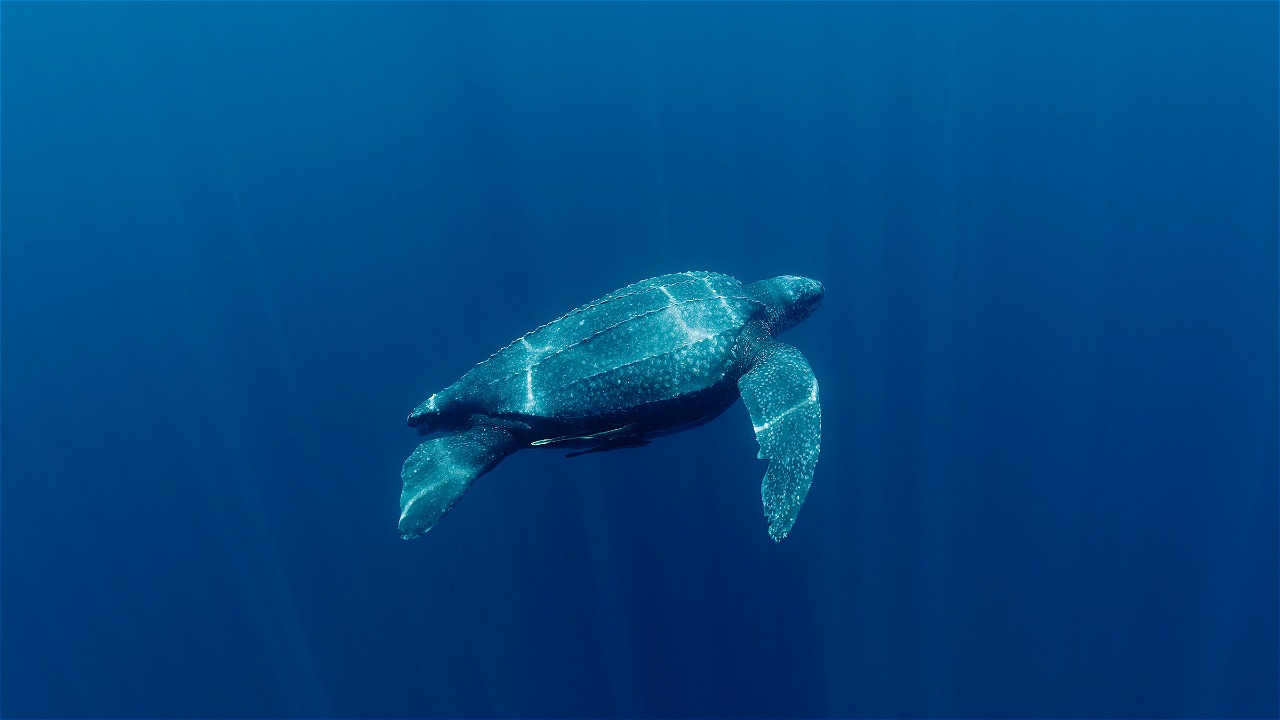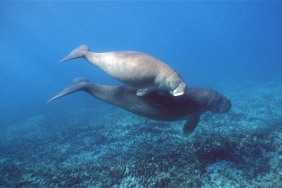HISTORY OF LEATHERBACK TURTLES IN JAMURSBA MEDI AND WERMON BEACHES
By: Adella Adiningtyas
Turtles are ancient animals that have existed since 150 million years ago, even before the dinosaurs. Of the 30 species of sea turtles that exist, there are currently only 7 species of sea turtles that can be found. Indonesia has six of the seven species of sea turtles in the world, where the leatherback turtle has the largest size among others. In addition to its larger size, the leatherback turtle or Dermochelys coriacea, is the only turtle species that does not have a grouper with a back shape resembling a star fruit.
Based on Dwi Suprapti's presentation at the discussion: "Our Ocean: Protecting Marine Wildlife" on October 22 at @america Pasific Place, almost all coastal areas in Indonesia are turtle nesting sites. And one of them is the coast of Jamursba Medi and Warmon in West Papua. Leatherback turtles make a stopover at Jamursba Medi and Warmon Beach to migrate from the waters of Australia and the United States. This shows that leatherback turtles can be found in tropical waters to the oceans of the sub-polar region.
Danger to the Leatherback Turtle in the world
Currently, the leatherback turtle population in Jamursba Medi and Warmon Beach is increasingly threatened due to increasing human activities. Plastic waste scattered in the open sea often looks like jellyfish to leatherback turtles. Because of their soft jaws, leatherback turtles only eat food that is also very soft, namely jellyfish. As a result, the plastic eaten by the leatherback turtle cannot be digested and eventually kills it.
Not only that, humans who like to consume leatherback turtle meat and eggs, the destruction of nesting beaches and the problem of bycatch (bycatch) are a threat to the survival of these ancient animals. It is also known that leatherback turtle nesting sites on the coast have decreased by 3,000 nests compared to the previous year. Because of these threats, leatherback turtles are listed as Critically Endangered by the International Union for Conservation of Nature (IUCN) Red List.
"Currently WWF-Indonesia is testing the use of lights on fishermen's nets to avoid bycatch on sea turtles," said Dwi Suprapti in the discussion "Status of Leatherback Turtle Population in Jamursba Medi and Warmon Beach, West Papua Province."
Through the initiation of the MOU on leatherback turtle management in Indonesia, Papua New Guinea and Solomon Islands, WWF-Indonesia assists in coastal conservation for the survival of leatherback turtles in the future. In addition, through the #BeliYangBaik action, WWF-Indonesia invites the public to become smart and critical consumers. By using the power of the community as consumers to ask producers and retailers to provide products that do not contribute to environmental destruction.





